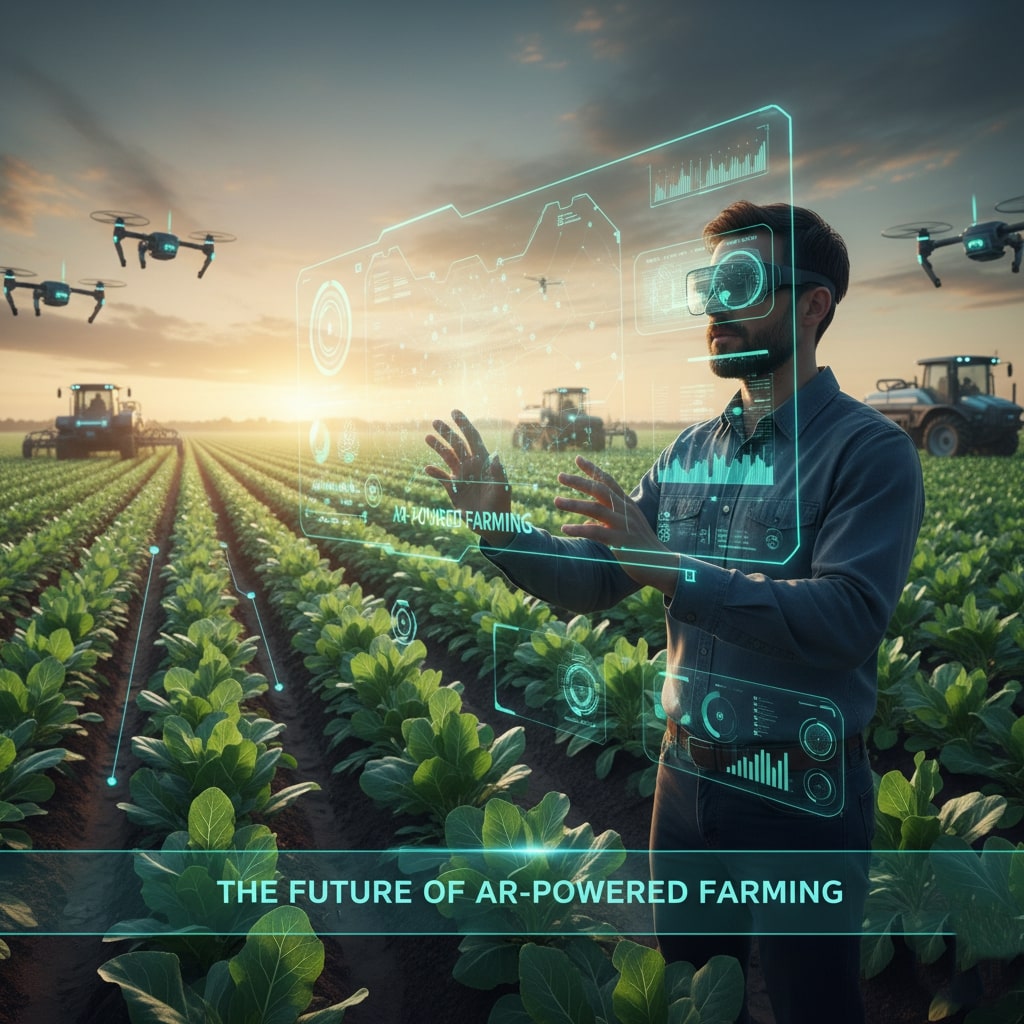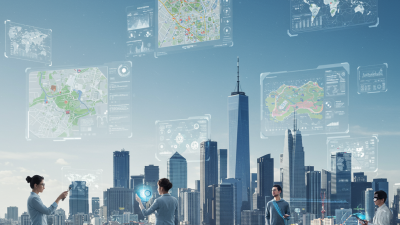Agriculture has always been at the forefront of technological innovation, evolving from manual tools to automated machinery, and now embracing digital transformations like precision farming. Among these advancements, augmented reality (AR) is emerging as a game-changer, enabling farmers to visualize data, optimize workflows, and make informed decisions in real time. In this comprehensive guide, we explore how AR is reshaping the future of farming, from seeding and irrigation to harvesting and supply chain management.
Precision Agriculture Meets Augmented Reality

Precision agriculture relies on detailed field data to optimize inputs such as seeds, water, and fertilizers. AR enhances these capabilities by overlaying geospatial maps, soil nutrient profiles, and weather forecasts directly onto a farmer’s view of the land. By wearing AR glasses or using tablet-mounted AR apps, users can instantly identify zones requiring attention, apply variable-rate treatments, and monitor equipment performance. This accuracy reduces waste and environmental impact while maximizing crop yields and resource efficiency.
Core AR Technologies Powering Smart Farms
Several key AR technologies are converging to support agriculture. Computer vision algorithms analyze plant health by detecting color variations and leaf patterns. GPS and RTK (Real-Time Kinematic) positioning ensure centimeter-level accuracy in field mapping. Edge computing processes sensor data locally, minimizing latency. Mobile AR SDKs and cloud services enable remote experts to guide field operations through live annotations. Together, these technologies form an integrated ecosystem that transforms raw data into actionable insights right in the farmer’s line of sight.
Real-World Applications and Case Studies
Leading agribusinesses and research institutions have piloted AR in diverse contexts. In vineyards, AR headsets help viticulturists assess grape maturity by overlaying Brix readings directly on clusters. Tractor operators use AR dashboards to navigate fields autonomously, avoiding obstacles and reducing overlap. Drone pilots view live thermal and multispectral imagery superimposed on farmland, enabling precise irrigation scheduling. In greenhouse environments, AR tablets display nutrient levels and pest alerts, streamlining crop maintenance and reducing manual inspections by up to 60% in some trials.
Integrating AR with IoT and Analytics
Augmented reality becomes more powerful when combined with Internet of Things (IoT) networks and data analytics platforms. Soil moisture sensors, weather stations, and machine telematics feed real-time telemetry into centralized dashboards. AR interfaces pull this data and visualize it contextually—highlighting drip lines that need flushing or tractors due for maintenance. Predictive analytics models forecast disease outbreaks or nutrient deficiencies, and AR alerts guide farmers to take preventive measures before yield losses occur.
Overcoming Challenges and Ensuring Adoption
Despite its promise, AR adoption in agriculture faces hurdles. High equipment costs and limited rural connectivity can stall deployments. Usability is critical—farmers accustomed to traditional tools need intuitive interfaces and robust training. Data privacy and interoperability among different hardware vendors also require clear standards. To tackle these challenges, companies are offering leasing models, offline-capable AR applications, and open APIs that simplify integration with existing farm management systems.
The Future of AR-Powered Farming

As 5G connectivity expands and hardware costs decline, AR will become ubiquitous on the farm. Next-generation headsets will offer longer battery life, wider fields of view, and voice-activated controls. Advances in AI-driven image recognition will detect plant diseases at earlier stages, and digital twins of entire farms will enable scenario modeling in mixed reality. Autonomous robots guided by AR waypoints will handle labor-intensive tasks, addressing workforce shortages and boosting productivity.
Conclusion
Augmented reality is poised to transform agriculture by bridging the gap between data and action. From precision spraying to real-time diagnostics, AR tools empower farmers to make smarter decisions, conserve resources, and improve crop quality. By integrating AR with IoT, AI, and remote collaboration platforms, the industry can achieve higher yields, greater sustainability, and enhanced profitability. As technology matures and adoption grows, AR will become an indispensable ally in feeding a growing global population while preserving our planet’s ecosystems.
Explore the potential of AR in your farming operations today and step into the future of smart agriculture.





